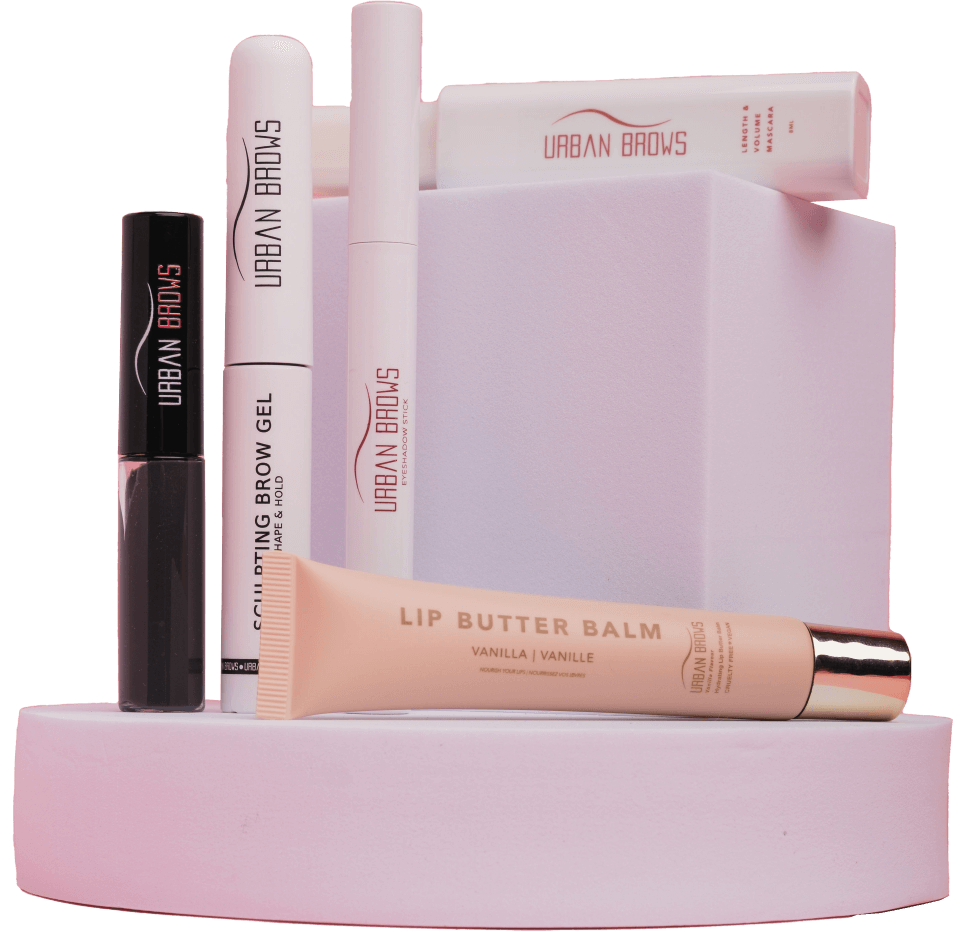The Fascinating Origins of Henna Art
The history of henna art spans several millennia, originating in Egypt where it was used for its cooling properties and later in Ancient India, where it evolved into its signature floral design.
Egypt
Henna art was introduced with the discovery of the henna plant, found in Egypt. The natural dye comes from the crushed leaves of a small shrubbery that thrives in hot, arid climates. The leaves are ground into a fine paste and, with various other ingredients, turn from green to orange and then the deep brick red-brown that is associated with the art form.
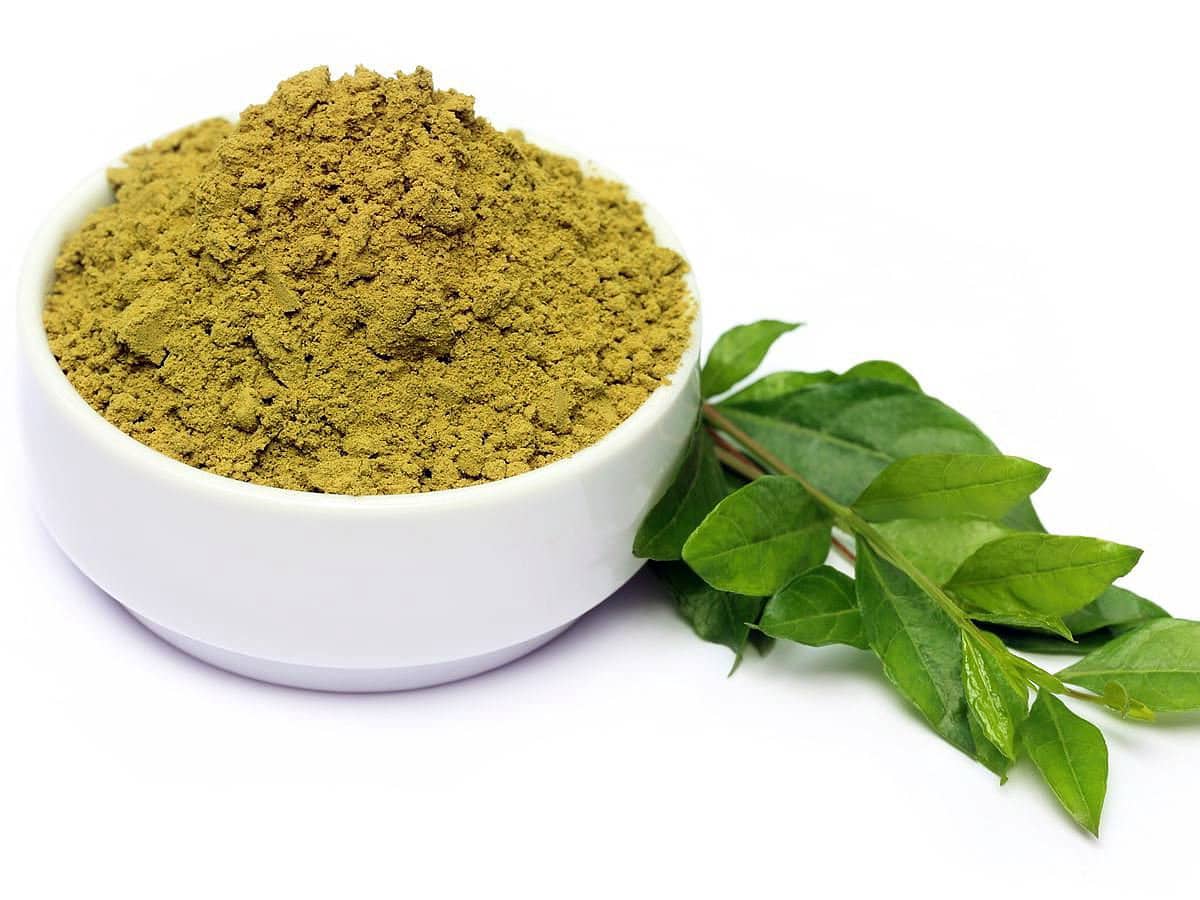
The term “henna” comes from the Arabic word “al Khanna” and it is believed that ancient Egyptian hieroglyphs depicted the plant as well. The earliest found traces of henna were found upon the nails of mummified pharaohs who received it as part of a royal manicure. This form of nail polish doesn’t chip, improves the health and quality of the nails, and needs very little maintenance. Because henna makes temporary tattoos, it’s hard to say whether it was used as such in ancient Egypt. However, modern designs in various Egyptian regions are firmly established withing the culture. One region characterizes henna with bold geometric designs, while others tend to be more delicate and floral. Unlike henna designs in India, the palm is not quite so “filled up” in regions near this country. Egypt also takes up various wedding traditions using henna. While the practice of ornamenting the bride with henna (along with other specific details) differs between regions, there are still practices that are common throughout. The Egyptian henna night includes the bride being given a lump of henna to hold in her palm. One by one, her friends and family add golden coins to the paste. Once the lump is filled with coins, it’s scraped off, leaving traces of the dye behind. Beautiful designs are then applied to hands and feet, while the bride sits and interacts with her family. Any remaining henna is given to other guests during the ceremony so that they may share in the joy and blessings that henna symbolises.
India
After being established in Egypt, henna spread throughout other parts of the Middle East, Asia, and North Africa, where it soon became part of religious rituals for the gods. Henna’s modern routes, however, can be traced back to Pakistan and India. Before then, this region would use the paste to cool off in the hot arid deserts. In these parts of the globe, individuals would smear the paste onto their arms and hands to protect themselves from the heat. Over 5,000 years ago, Indian traditions with Henna art emerged with the intricate patterns we see today. Women in both ancient and modern day India would wear the art on their hands and feet as an indispensable part of their marriage ceremony, as is the custom in Egypt.
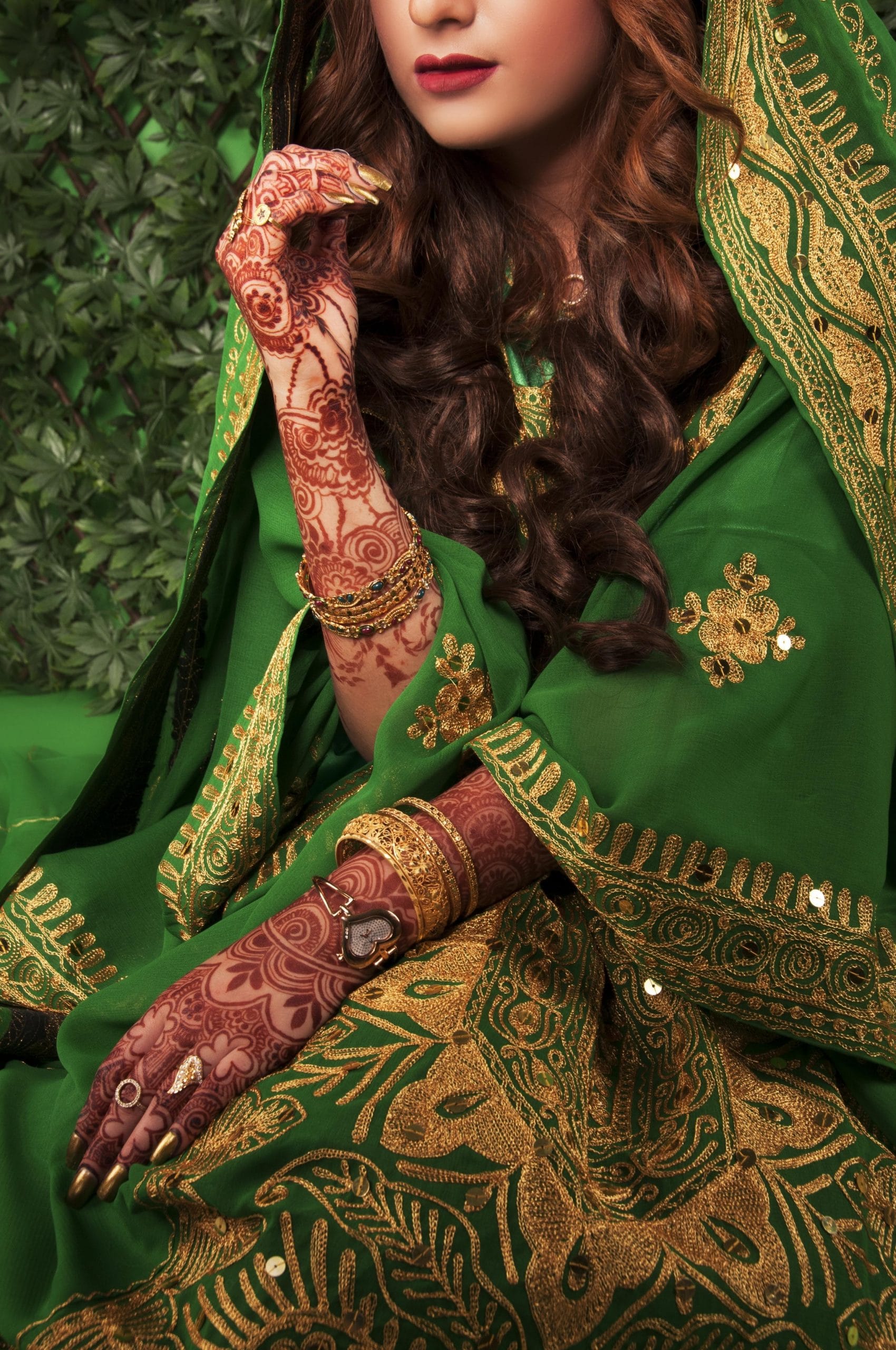
During henna night, the bride with her friends, family, and relatives get together to celebrate the marriage. Games and music are played, rehearsed dance routines are performed, and the bride gets extensive henna patterns done on her hands, arms, and feet. The guests also receive small henna designs on their hands and back. According to tradition, the darker the henna stain the better the marriage, and mother-in-law, will be. The art also became a part of many Indian festivals. During these festivals, Henna art was fashioned into various designs which would depict different meanings and different Hindu gods. One of these festivals is the Teej festival, where women celebrate the union of Hindu gods around the time of the monsoon months. Both married, and unmarried women will dress as a bride, including the use of henna. The festival includes plenty of worshiping, singing, and dancing.
Henna History
Originally, this art form had been exclusive to those eastern regions of the world and was especially popular in India. American backpackers to the region would come back with faded temporary tattoos, but it remained largely foreign and unfamiliar. However; since the 90’s, henna art has taken a firm place in the United States. Various celebrities, including Madonna, Liv Tyler, and Gwen Stefani have shown off the beauty of this art form in public. From television to the red carpet to fashion shows and more, henna has become a fashion statement for people in the west. People in the west have also adapted the Indian tradition for weddings, have their bellies painted while pregnant, camouflage scars with it, and adorn their heads with it while undergoing chemotherapy. In some cases, rather than stick to entirely traditional patterns, they will place symbols that are non-traditional and important to them. That means creating something new from something old.
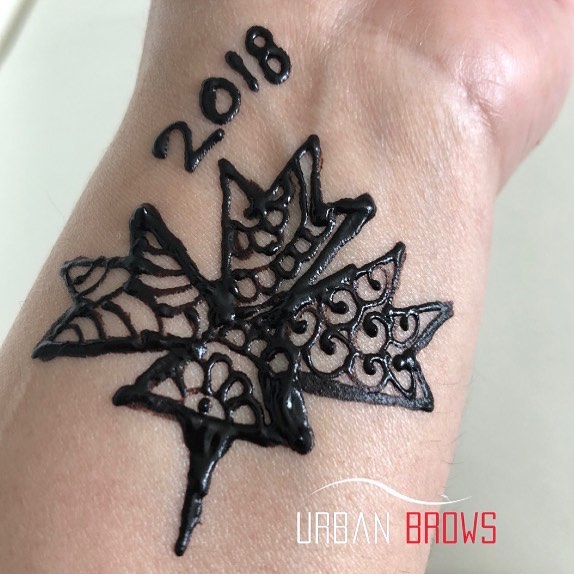
Henna artists who create such designs might get their henna paste from the internet, hobby stores, or craft stores in the west, while some use their own special recipe to create the formula. These artists will use a special applicator to create the intricate, and specific designs that the client asks for. The art form has also become hugely popular in western regions like the US for its simplicity. Unlike a traditional tattoo which creates a permanent result, or a piercing which uses painful needles to apply, henna is different. It is applied to the skin gently, without any pain. It’s also temporary, lasting about two to twelve weeks depending on conditions. That means people can change their look often without having to hurt themselves in the process. This form of body art is very safe and affordable too.
Knowing the origins of henna and henna art enhances its beauty even more.
At Urban Brows we do traditional henna and more modern designs. Be sure to come to our locations to try it out!
Here is a small sample of our work for you to enjoy!
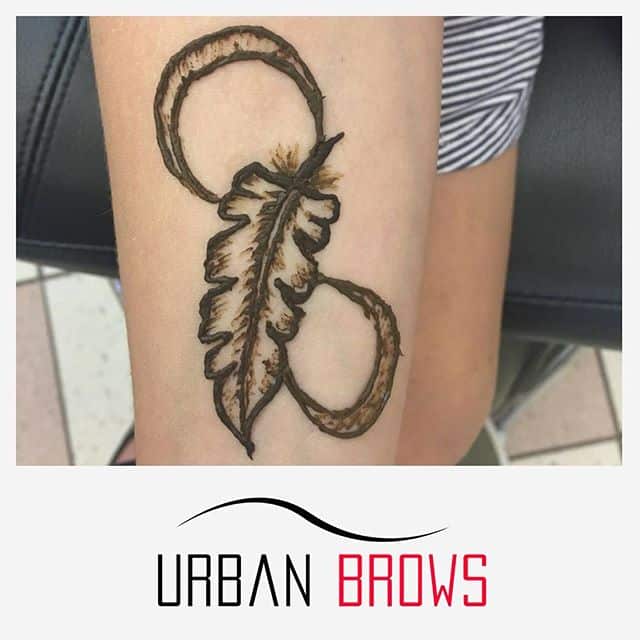
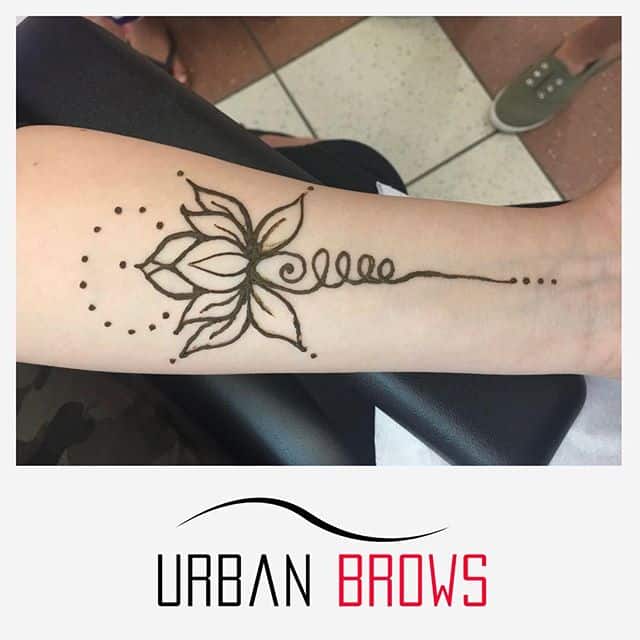
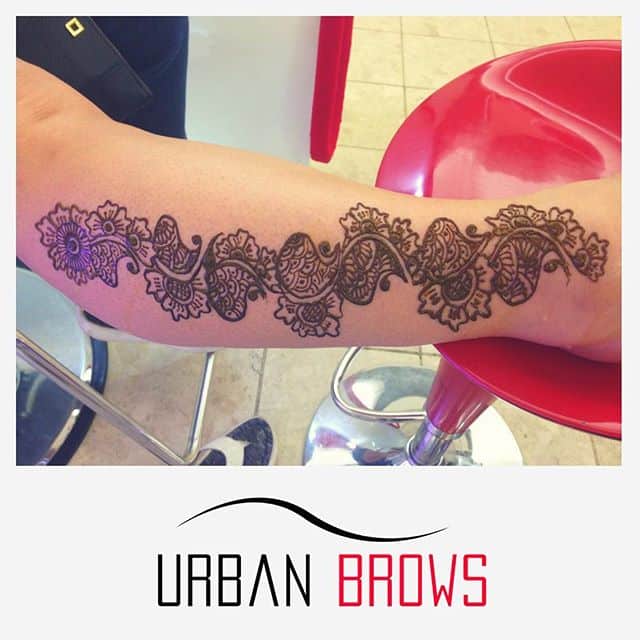
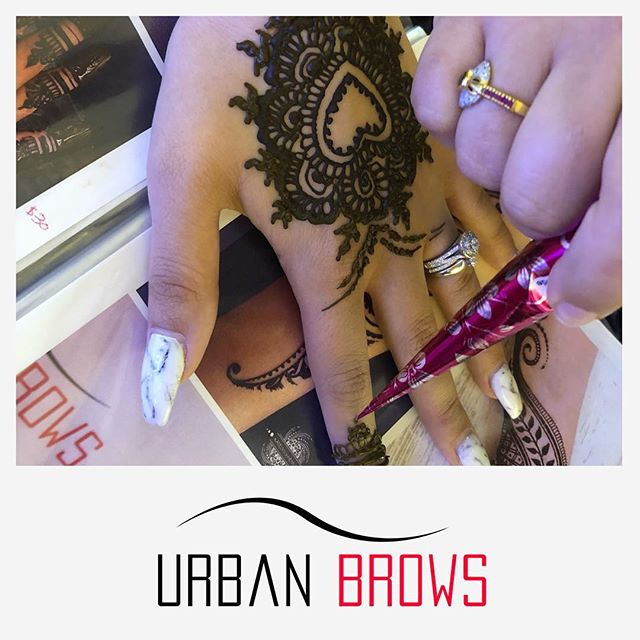
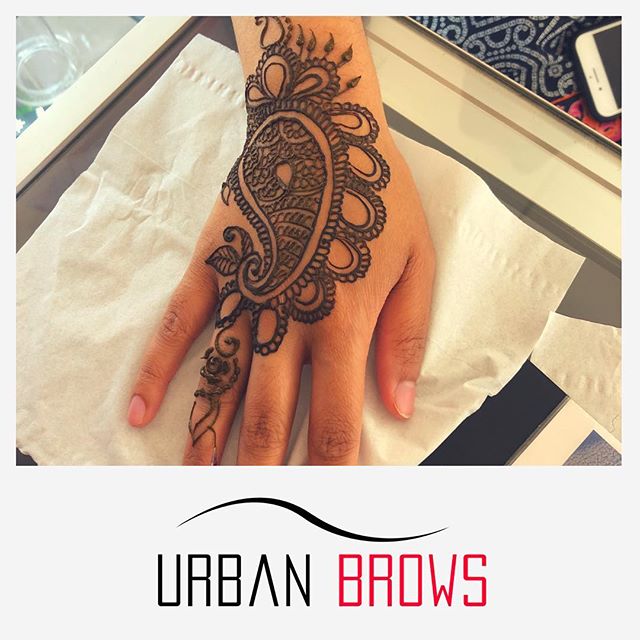
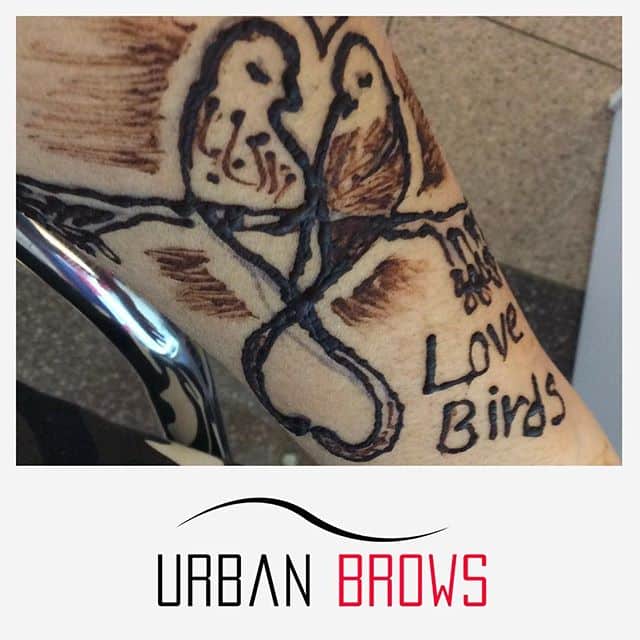
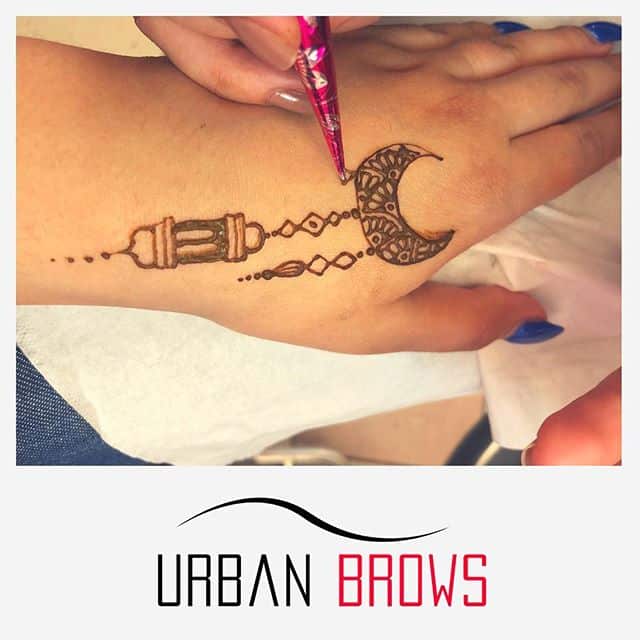
Book Your Henna Appointment Here
Follow us on Instagram see our work!



